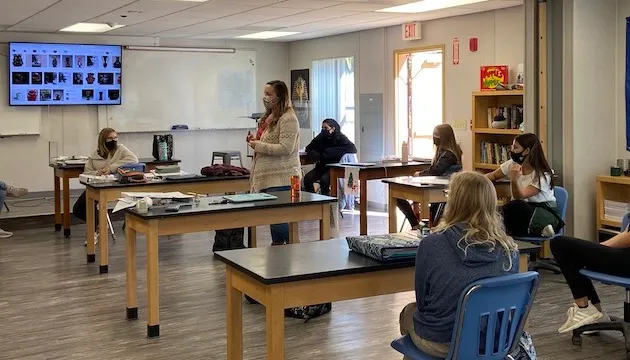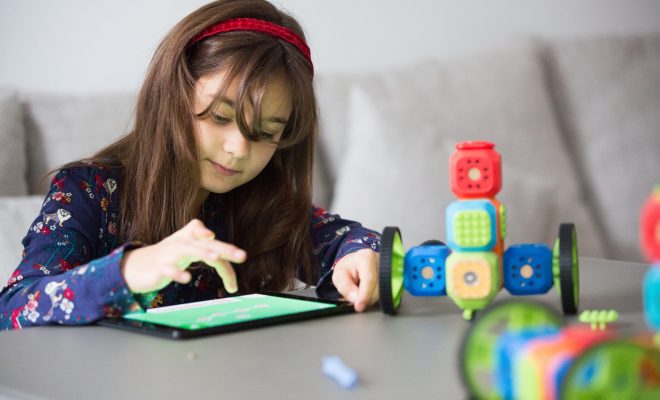A Teacher’s Guide to Hearing Impairment in Children

Introduction:
In inclusive classrooms, teachers play a crucial role in ensuring that every student receives the support they need to thrive academically and socially. One specific area where teachers can make a significant impact is in understanding and addressing hearing impairment in children. This guide aims to provide educators with valuable insights and practical strategies to support students with hearing impairments in the classroom.
Understanding Hearing Impairment:
Hearing impairment refers to the partial or complete loss of hearing. It can manifest at different degrees, ranging from mild to profound, and may be present at birth or acquired later in life due to various factors. Teachers must have a basic understanding of how hearing impairment impacts a child’s ability to learn and participate in classroom activities.
Recognizing the Signs:
Identifying hearing impairment in children can be challenging, as it may not be immediately apparent. Some common signs to watch for include difficulty following oral instructions, delayed speech development, inattentiveness, and academic struggles despite average intelligence. Observe the child’s behavior and consult with parents or specialists if any concerns arise.
Creating an Inclusive Classroom Environment:
To create an inclusive and supportive learning environment, teachers should consider implementing the following strategies:
1. Classroom Acoustics: Ensure that the classroom is conducive to optimal sound transmission. Minimize background noise, use appropriate sound amplification systems when necessary, and position the student with hearing impairment in the best possible listening position.
2. Visual Supports: Utilize visual aids and cues to reinforce auditory information. Incorporate visual schedules, charts, and diagrams to enhance comprehension and provide additional context.
3. Assistive Listening Devices: Collaborate with the school’s support team and parents to determine if the student requires assistive listening devices like hearing aids or cochlear implants. Familiarize yourself with their maintenance and usage protocols to provide necessary assistance.
4. Accommodations and Modifications: Individualize teaching strategies and adapt materials to meet the specific needs of the student with hearing impairment. Provide written instructions, offer extended time for assignments or tests, and ensure seating arrangements facilitate optimal communication.
5. Promote Communication: Encourage effective communication within the classroom. Teach students essential sign language or alternative communication methods like augmentative and alternative communication (AAC) devices. Foster a supportive and respectful atmosphere where students can ask questions and clarify doubts.
6. Collaboration with Specialists: Maintain open communication with the student’s parents, audiologists, speech and language therapists, and other professionals involved in their care. Collaborate to develop Individualized Education Programs (IEPs) and ensure consistent support across the academic setting.
Conclusion:
By understanding hearing impairment in children and implementing appropriate strategies, teachers can have a positive impact on their overall development and educational experience. Remember, each student with hearing impairment is unique, so it is crucial to tailor interventions to meet their specific needs. With the right support, every child can achieve their full potential in the inclusive classroom.






